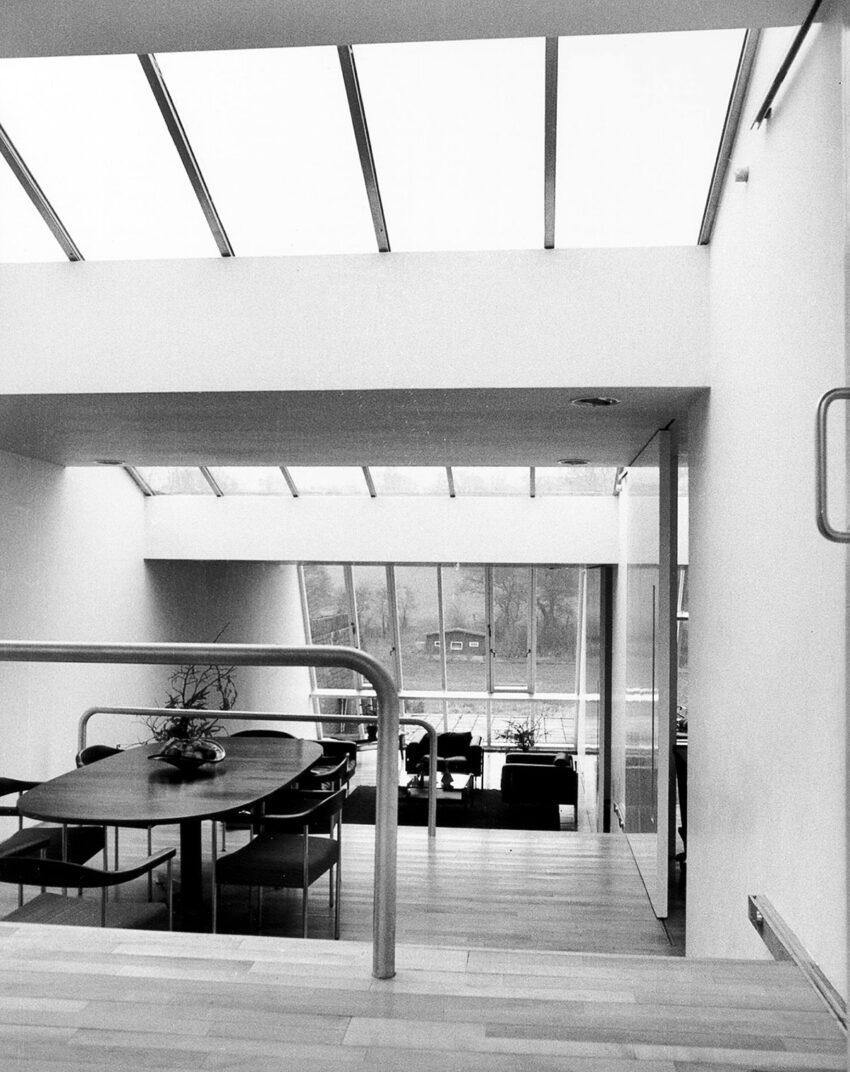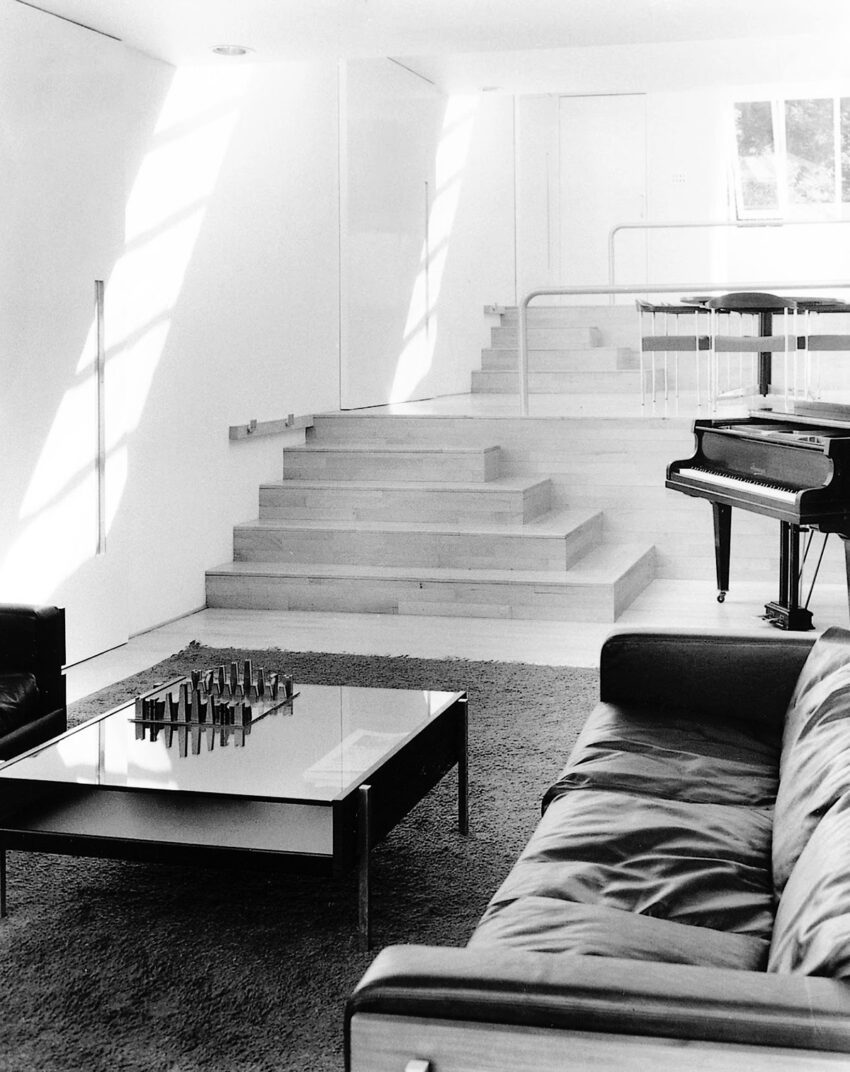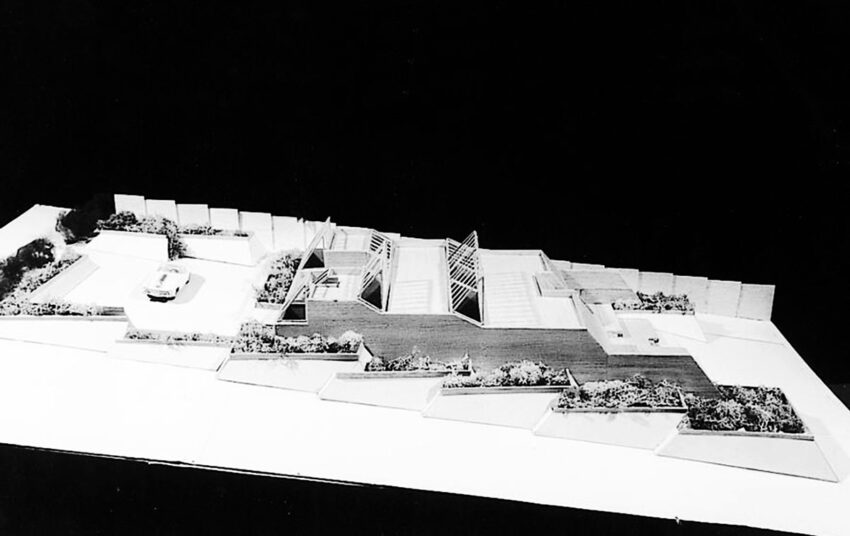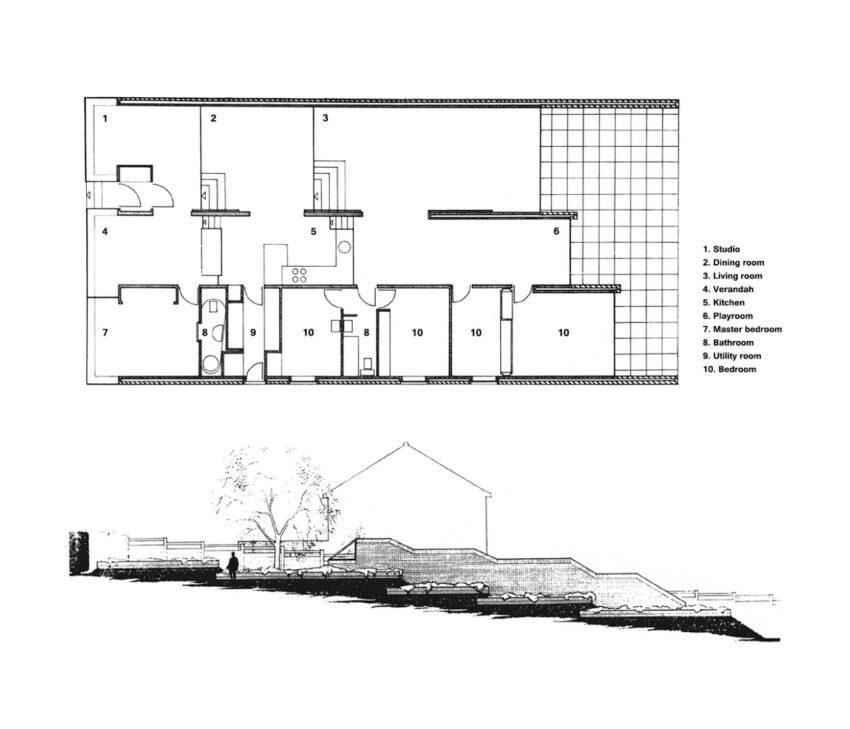The Skybreak House, also known as Jaffe House, is a residential project conceptualized by the innovative Team 4 and constructed in Radlett, Hertfordshire, between 1964 and 1966. It breaks the mold of traditional design with its pioneering division of space into illuminated zones and a unique floor plan that provides exceptional internal flexibility. Each zone is meticulously arranged to offer the most captivating views, fine-tuning the ideas previously explored in residential programs.
Jaffe House Technical Information
- Architects: Team 4 – Su Brumwell, Wendy Cheeseman, Norman Foster, and Richard Rogers
- Location: Radlett, Hertfordshire, England
- Project Year: 1965 – 1966
- Photographs: © Richard Einzig
One of the themes that weaves itself between our projects over the years is the handling of natural light: how it might inform, diffuse and add another dimension to an interior, whether it’s a domestic interior, an airport, a building you work in, or a gallery where you look at works of art.
– Norman Foster1
Jaffe House Photographs
Design Prowess: Incorporating Internal Flexibility
In Skybreak House, the innovative feature lies in the deep floor plan where areas are expanded or reduced via sliding panels, along with a structural system that allowed the house to extend into the landscape. This dwelling, like others from the same era, skillfully combines traditional materials with industrially manufactured elements.
The house offered an extremely innovative model of flexible living. The client had requested a house capable of adapting to various uses, whether family or social and which could be easily expanded according to needs. The east zone contains closed rooms such as the bedrooms and utility rooms, but the non-structural walls allow for future modifications, embodying the principle of flexibility that defines Skybreak House.
Team 4’s Vision: A Focus on Light and Space
One of Team 4’s key design tenets, as outlined by Norman Foster, is the management of natural light. They believed in the power of natural light to define, diffuse, and add a new dimension to an interior, whether it be a domestic interior, an airport, a workspace, or an art gallery. In Skybreak House, this theme was intricately woven into the design, with the division of space into a series of zones illuminated by skylights; each tiered to offer the best views.
The western zone is a fluid open space, a domestic lobby in three terraced stages. Each stage is connected via three or four spreading steps, creating a dynamic interplay of different heights. Sliding windows leading to the patio and garden augment the fluidity of the space, linking the interior with the exterior. At the end of the lowest stage, a piano was placed by the window, making the upper two terraces function as tiers in a theatre, illustrating the architects’ thoughtful consideration of the house’s social functionality.
Skybreak House in Pop Culture: A Frame from A Clockwork Orange
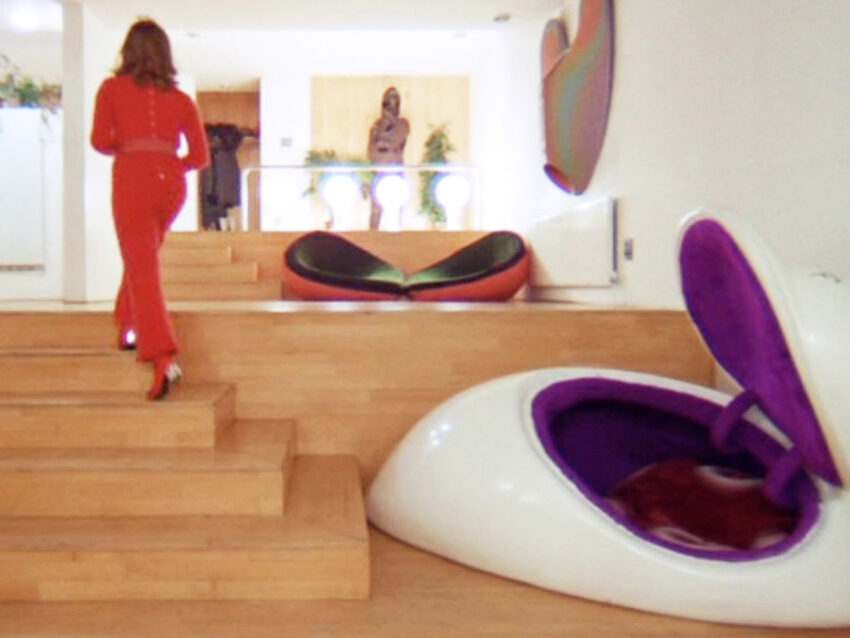
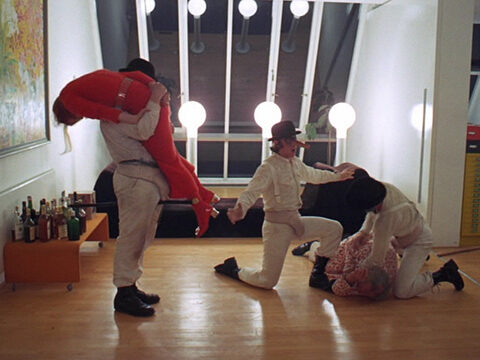
Skybreak House gained cultural prominence after featuring in Stanley Kubrick’s film “A Clockwork Orange.” The house served as a dramatic backdrop for several iconic scenes, showcasing its stunning interiors. In the movie, the house is presented as a paradox – initially a symbol of the successful, sophisticated life of the inhabitants, later transforming into a discomforting space for the disabled character unable to navigate its multi-level design.
The Kitchen: A Hub of Connectivity
In Skybreak House, the kitchen isn’t merely a place for culinary activities. It is the physical center of the house and also its primary vantage point. It offers access in four directions to the playroom, dining room, conservatory, and the outside through a utility room. The kitchen also provides oblique views to the study and living rooms, reinforcing its central role in the house’s design.
The Skybreak House symbolizes a leap in residential design, leading the way toward prefabrication, light materials, and new technologies. What sets this house apart is that these innovations were prompted not by the pursuit of maximized production of unit modules but rather by a desire to refine and tune the quality and controllability of individual environments. It stands as an embodiment of Team 4’s design philosophy and as a monument to their creativity and innovation.
Jaffe House Plans
Jaffe House Image Gallery
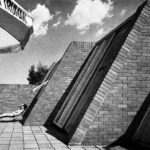
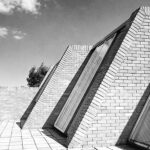



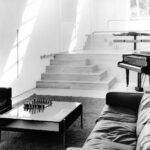
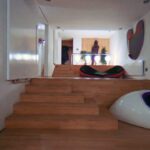
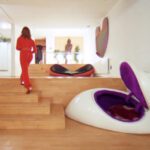
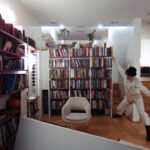



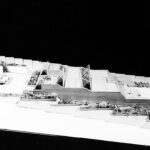
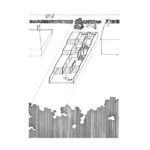
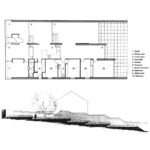
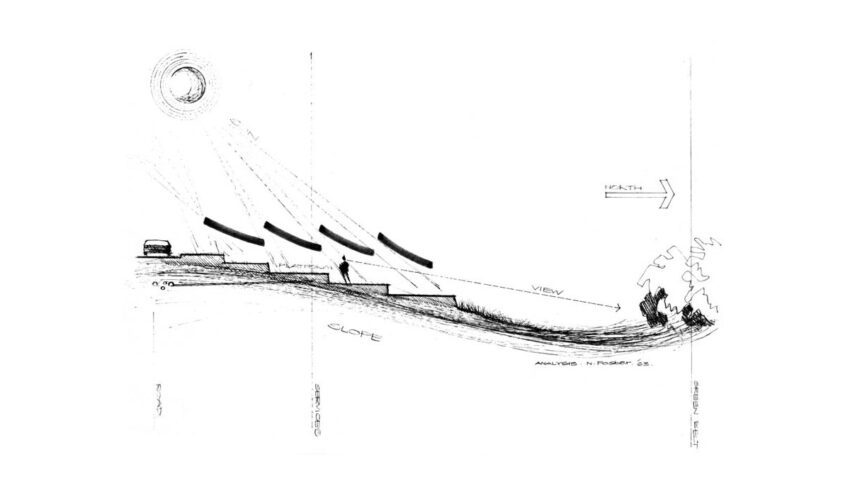

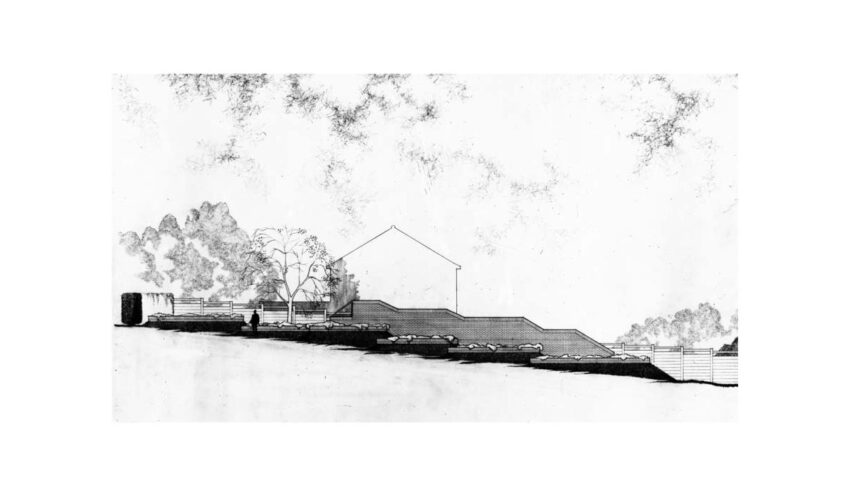
About Team 4
Team 4 was a pioneering British architectural firm founded in 1963 by Richard Rogers, Su Rogers, Wendy Cheeseman, and Norman Foster, who would later become leading figures in global architecture. The firm’s name reflected the original four founders and their collaborative ethos. Although Team 4 was only in operation until 1967, it significantly influenced the development of high-tech architecture with projects like the iconic Reliance Controls factory in Swindon and the Skybreak House, also known as Jaffe House. Despite its short lifespan, Team 4 laid the groundwork for the later establishment of globally renowned architectural firms like Foster + Partners, founded by Norman Foster, and Rogers Stirk Harbour + Partners, founded by Richard Rogers.
NOTES
- Norman Foster by Norman Foster & Philip Jodidio


